Stealth, silencers and drug syndicates in Ghost Recon Wildlands
The Ghosts return to take on an evil Bolivian drug lord.
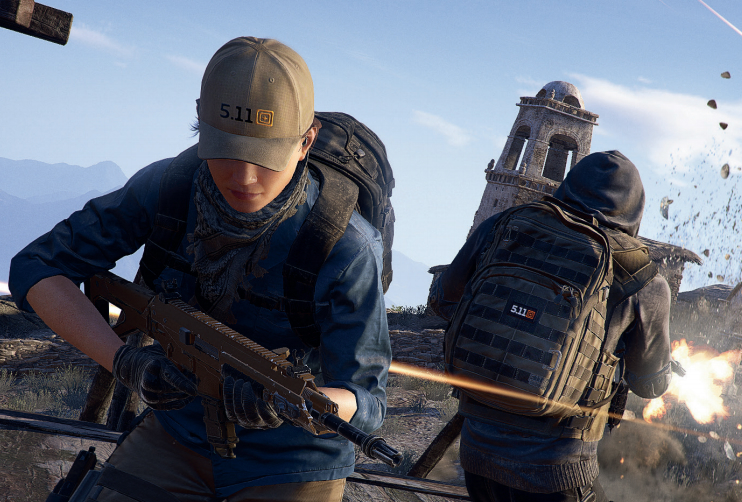
The Santa Blanca drug cartel is rapidly expanding its territory in Bolivia, and the collapsing government is turning a blind eye. As long as there’s no violence, they’re free to manufacture huge quantities of cocaine and ship it around the world. Led by the cold, ruthless El Sueño, the cartel has turned Bolivia into the nexus of the South American drug trade. But where there’s drug money there is, inevitably, violence, and the region is destabilising. The government’s soft touch has given the cartel space to grow to the size of an army, and it has no way of taking the country back. The Ghosts return to take on an evil Bolivian drug lord
In the midst of all this, a DEA agent is investigating Santa Blanca. But his cover is blown and the cartel responds by detonating a bomb in the US embassy and killing the agent. This is the flashpoint that sets the events of Wildlands in motion. The US sends in Ghost Recon, elite operatives whose mission is to covertly bring the cartel down. America can’t risk an international incident by mobilising the army to deal with El Sueño, so the Ghosts’ presence in the country is top secret—and if they’re captured or discovered, the government will deny all knowledge of them being there.
To reclaim Bolivia, the Ghosts have to deal with El Sueño’s lieutenants and break his business down piece by piece. Production, smuggling, security, and influence are the four pillars of the cartel’s drug empire, which you will bring crashing down. You also have to reclaim the country region by region, assassinating the powerful bosses who run them. This is a convenient way to give the game a structure, and over the course of your playthrough you’ll slowly eat away at the cartel’s forces until you draw El Sueño himself out of hiding and finish the job. But it’s a long road to get there.
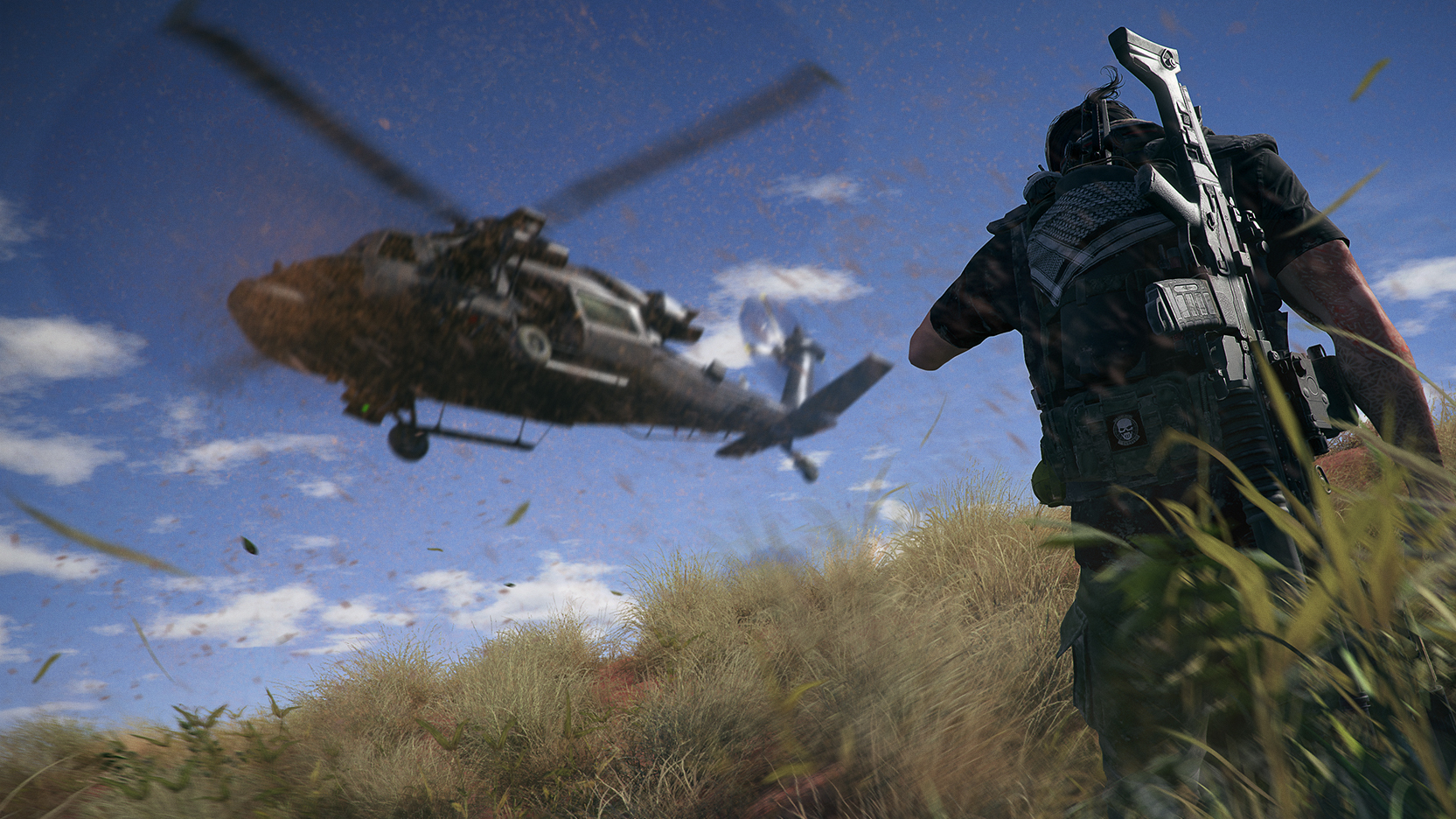
The Ghosts arrive in Bolivia at night in the middle of a raging storm. Undercover CIA handler Karen Bowman briefs them on the situation as bolts of lightning light up the mountains below. It’s a dramatic introduction, with each flash giving you a brief glimpse at the incredible scale of the world. Your mission is called Operation Kingslayer, presumably because someone at the CIA is a big Game of Thrones fan. But despite the Ghosts’ reputation as being the world’s greatest covert ops team, they’ll need some help from the local rebels to find their feet in this vast, violent country.
Bowman introduces the Ghosts to Pac Katari, leader of the Kataris 26 rebel army. To earn the trust of Katari, your first mission is to rescue his uncle Amaru, who’s been captured by the cartel. Amaru is the heart of the rebel movement and rescuing him is the best way to get the rebels on your side. And it’s here where the game finally hands the controls over to you. You find yourself gazing across a dramatic, seemingly endless valley. The world feels properly huge, and not just in a videogame sense—in the way the actual world does when you look out the window of an airplane.
I grab an off-road truck and the Ghosts pile in. The route to the village where Amaru is being held takes me along twisting mountain roads with dizzying drops on one side. The sun’s low in the sky, casting an orange glow over the terrain, and I sort of wish I was just going for a nice drive in the country. But, alas, someone needs rescuing. I reach the village, which sits atop a high hill, and begin the mission. As their name suggests, the Ghosts are all about stealth, and going in guns blazing is almost always a very foolish idea. My priority, before I even set foot in the enemy-controlled area, is to scout.
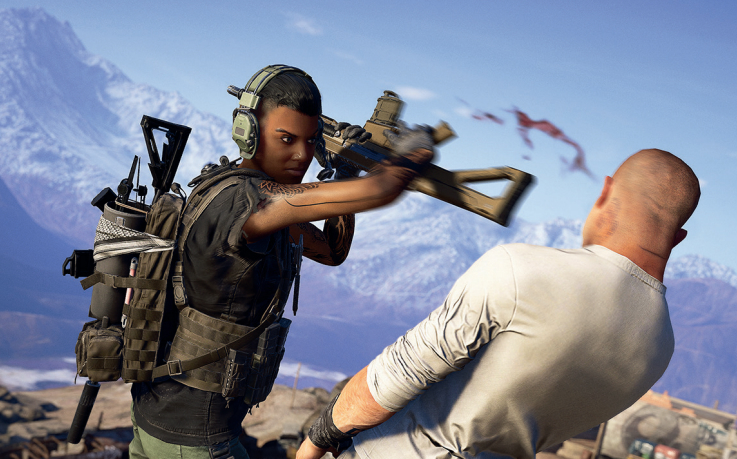
It's a game that will benefit massively from playing with friends.
I fling a flying drone into the air and buzz around the village. Enemies I spot are marked on the HUD, and I like how my character mentions what weapons they have when I mark them. With an idea of the layout and enemy presence, I equip a silenced pistol and move slowly through the base, taking out guards, until I reach one of the cartel’s lieutenants. He’s throwing knives at a target, oblivious to the fact that I’m just about to grab him. I squeeze him for information and he reveals Amaru’s whereabouts. He’s being held in a nearby farm, so we pile back into the truck and head there.
Keep up to date with the most important stories and the best deals, as picked by the PC Gamer team.
Collecting intel like this is something you’ll be doing a lot. To locate the boss in each region you have to determine their location by interrogating people, copying data from laptops, and other information gathering. In the village I didn’t need the other Ghosts’ help, but here I will. The farmhouse is crawling with cartel heavies. I pull up the orders menu and position each Ghost, then I order them to open fire. The area erupts with gunfire and I use the distraction to flank the enemy and we make fast work of them. I find Amaru in the house bloodied, battered, but still alive. Mission accomplished.
I free Amaru from his cell and we escape in a helicopter that was handily parked outside. Katari is pleased, and to thank us he reveals the bosses of the first, and easiest, region in the game: La Yuri and El Polito. This sadistic couple control the cartel’s interests in Itacu, and dethroning them becomes the Ghosts’ first major objective. But finding out where they operate from will require intel. I pull up the map and see a scattering of missions. The ones in yellow reveal ‘major intel’, which means they’re basically story missions. Complete enough of these and the bosses’ location will be revealed.
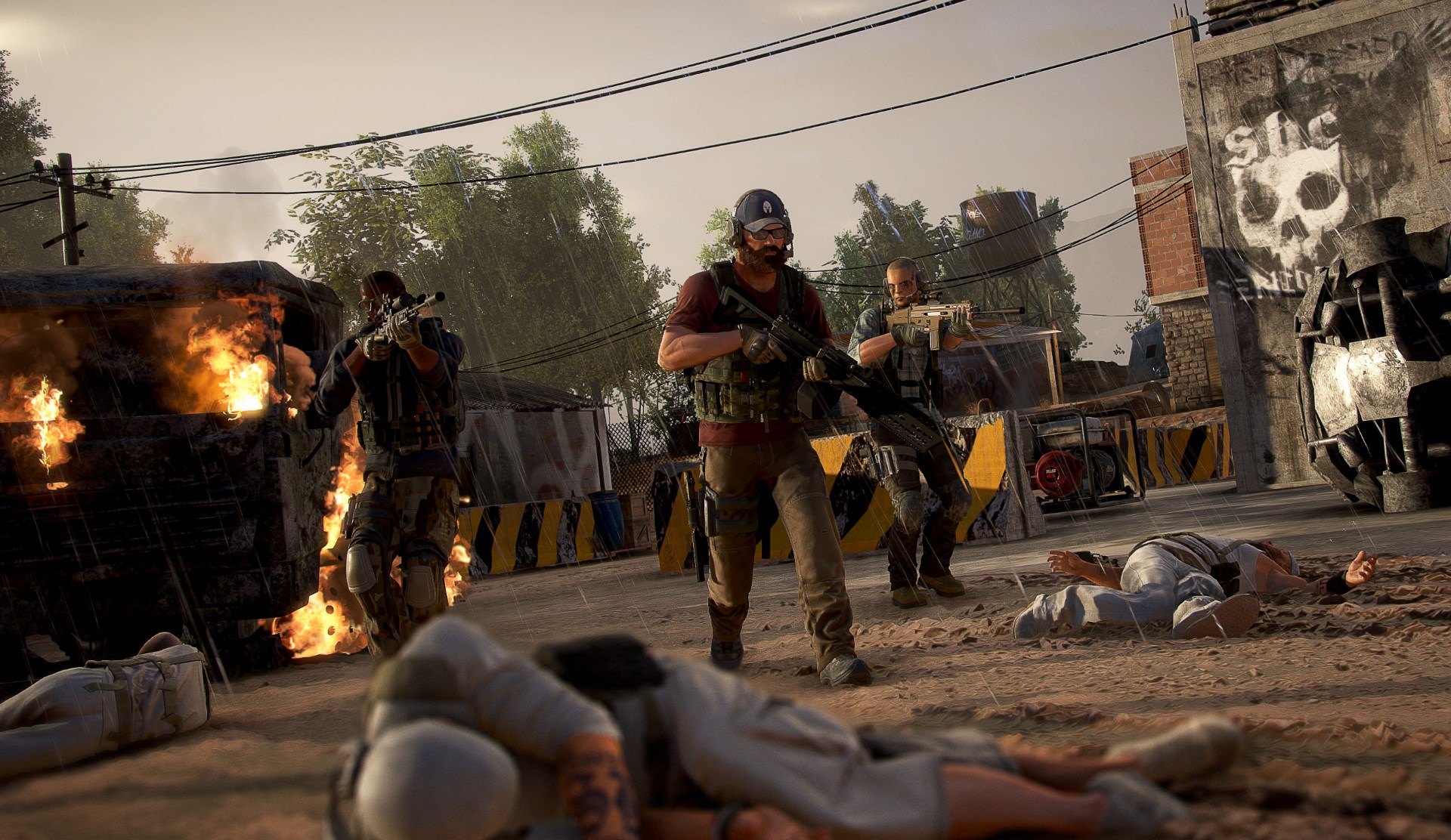
But Yuri and Polito can wait until I get my hands on the finished game, because my time is limited and I want to explore some of this preposterously large world before I go. Despite being an expanse of largely remote countryside, I notice a few nice details as I drive around, including a village with some boys playing football. Then I steal a plane and fly over Bolivia’s famous Laguna Colorada, a salt lake coloured red by algae. I see thousands of pink flamingos, which fly into the air in a panic when they hear my engines. There’s some good world-building going on here.
But I’m increasingly wary of developers who big up the size of their worlds, because size is, really, the least interesting thing about an open world. It’s what’s in the thing that matters, and I’d rather have a smaller, more detailed space than square miles of procedurally generated countryside. And from my brief flyover, it seems there’s a lot of that making up this enormous chunk of Bolivia.
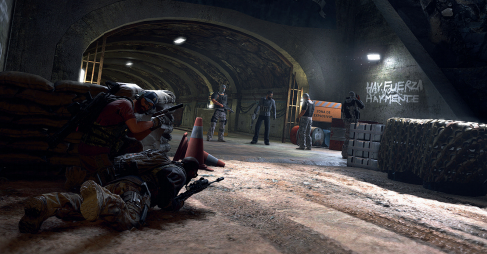
Wildlands is pretty much exactly what I expected it would be like. It’s enjoyably tactical and rewards strategic thinking, but otherwise it’s a fairly standard, by-the-numbers third-person shooter. Comparing it to other big-scale military/ stealth sandbox games, it doesn’t have the variety or polish of Metal Gear Solid V, or the intricacy of Arma 3. It’s a game that will benefit massively from playing with a group of friends who are all on the same page, communicating and making sensible decisions. Which is the total opposite of the co-op experience I had with three other journalists.
We tried our best, but every mission descended into chaos. Amusing chaos, sure, but useless when it came to completing objectives. Helicopters crashing all over the place, the alarm being raised at every opportunity, cars getting stuck in buildings. By the end we finally got our act together enough to infiltrate a huge enemy base and destroy four caches of munitions inside, but then all hell broke loose and we died escaping. This was a lot more fun than playing solo, but co-op always is. I’ll need to play the game properly (and sensibly) to get a solid idea of its multiplayer potential.
When my demo ends I’m left feeling slightly uninspired by Wildlands. PC isn’t short of open-world military shooters, and while this is clearly a well-made game, it’s not terribly ambitious. It may also turn off some Ghost Recon fans who prefer the more focused, guided structure of earlier games in the series. This is another Ubisoft map littered with icons, and it remains to be seen whether the game can hold my interest long enough for me to conquer Bolivia and face El Sueño at the end. There aren’t any really interesting systems, nor does it seem like there’s much depth, which a game of this size really needs.
If it’s set in space, Andy will probably write about it. He loves sci-fi, adventure games, taking screenshots, Twin Peaks, weird sims, Alien: Isolation, and anything with a good story.


